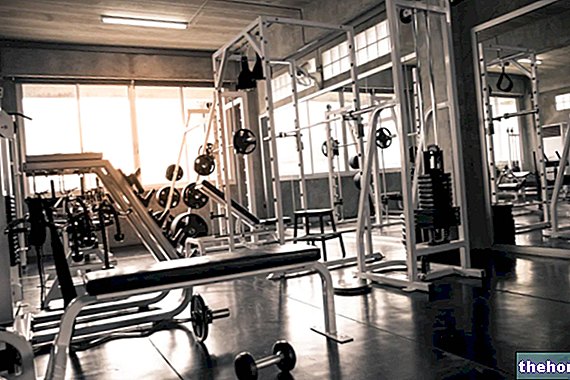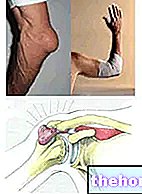
There are basically 3 types of primary osteoporosis: idiopathic, type I (post-menopausal) and type II (senile). Many others, called secondary, are a complication of other diseases or conditions.
The rarefaction of the "bone can therefore occur for different causes. C" however, it must be said that, in theory, any type of osteoporosis can benefit from a preventive protocol - to what extent, on the other hand, once again depends on the type .
The most frequent osteoporosis are type I (due to estrogenic hormonal breakdown) and type II (caused by variables strictly related to aging and inter-individual factors).
We know that these osteoporosis are conditions that depend both on variables on which it is possible to intervene, and on independent variables. However, scientific research suggests that all respond well to both preventive and therapeutic protocols (the latter, to an extremely limited extent), based on diet and physical motor activity.
We will talk about training in the next paragraphs, trying to understand why, how and how much to move to combat the osteoporotic condition.
For further information: Osteoporosis and Fitness .
The literature recognizes as the best possible stimulus the muscular force transmitted through the tendons to the bone tissue during contraction (isotonic exercises with natural load or with light weights and elastic resistance are suitable).
The activities to prefer are anti-gravitational ones, such as walking, because they have a "low impact", simple and beneficial also from a cardiovascular point of view. However, to work on areas other than the lower limbs, the pelvis and the spine, we can resort to the use of overloads in the gym.




























